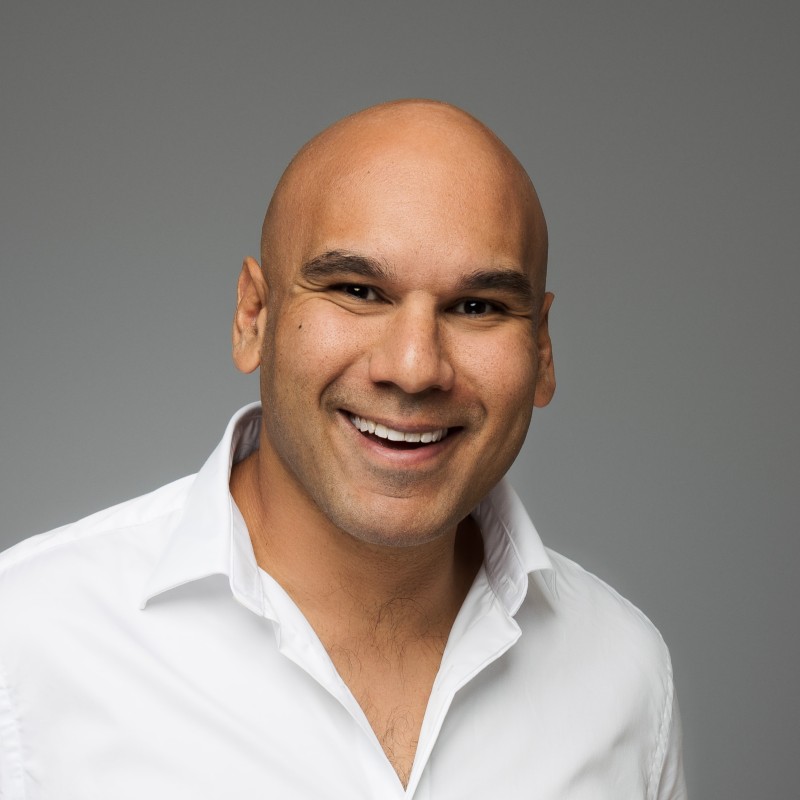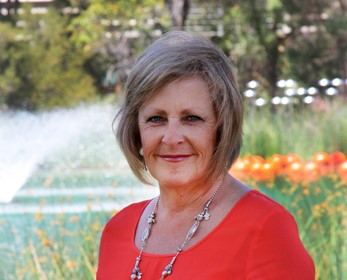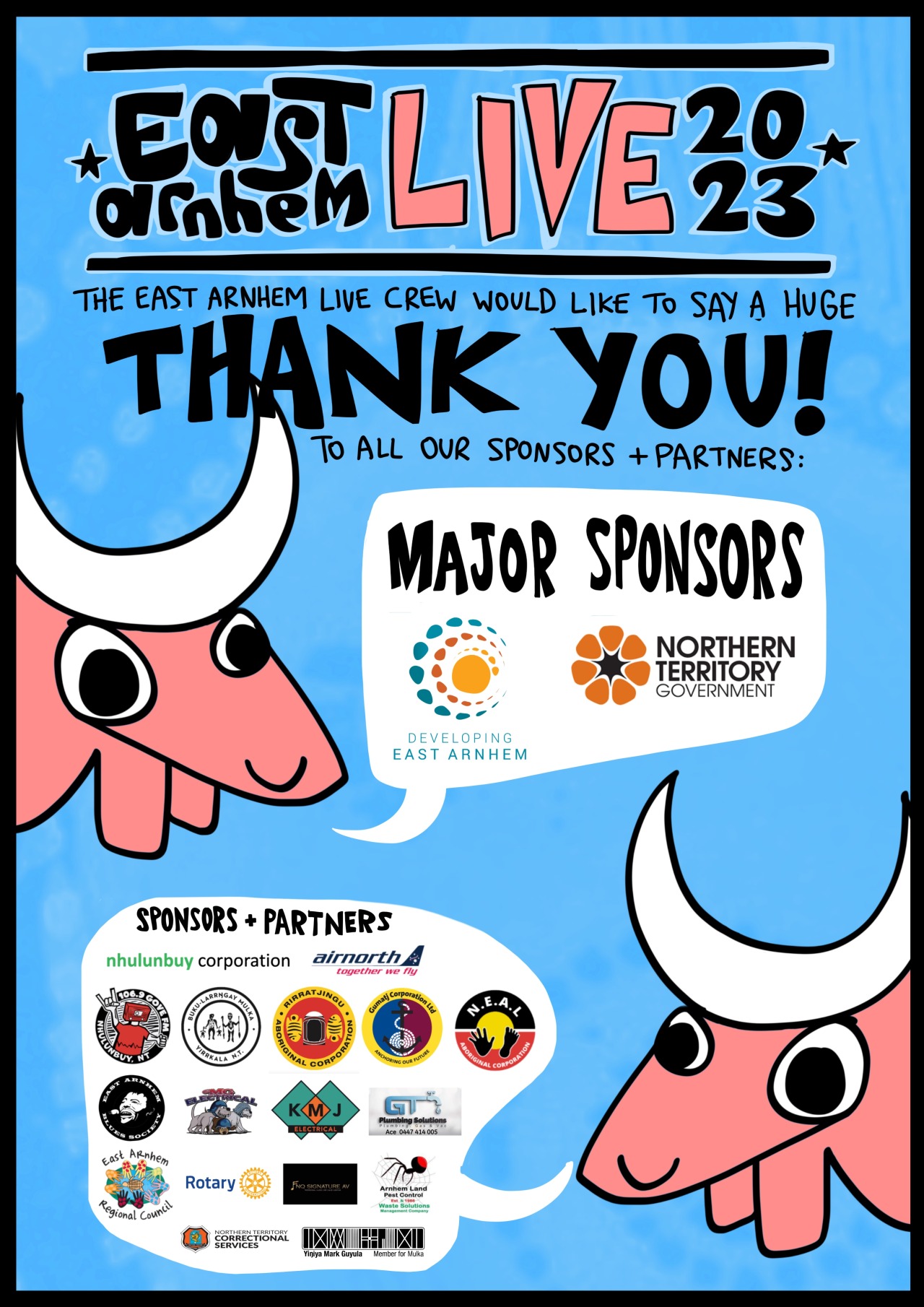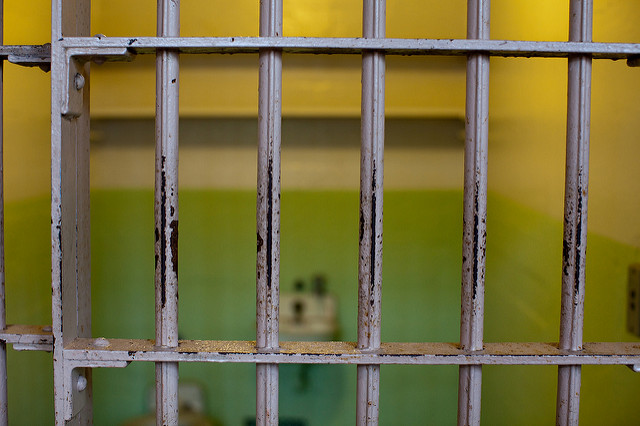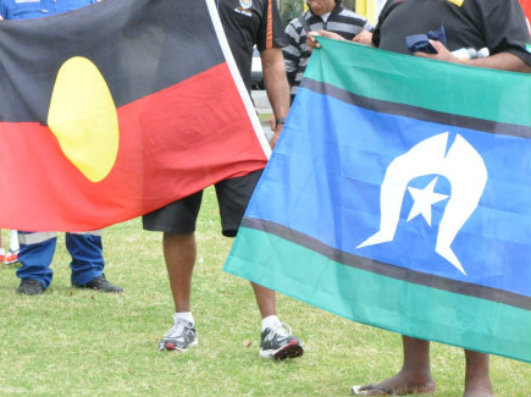Bhiamie Williamson, Monash University Research Fellow, and Project Lead at Fire to Flourish.
by Nance Haxton
With a high-risk bushfire season looming, a leading Indigenous academic is calling for all First Nations communities to be included in the emergency disaster planning for the areas where they live.
Monash University Research Fellow and Project Lead at Fire to Flourish Bhiamie Williamson said it’s crucial that Indigenous communities have their cultural knowledge respected and tapped into as a key part of disaster response.
He coordinated the inaugural National Indigenous Disaster Resilience Summit in Brisbane on Monday, and presented a paper at the Australasian Fire and Emergency Services Authorities Council conference calling for First Nations leaders to be included in emergency management plans before disasters occur.
“We still currently don’t have a seat at the table that is very clear, but it’s also very clear that that is changing and about to change,” Mr Williamson said.
“The question is how that happens, how quickly it happens, and what that looks like.
“I’m really interested in what that means for communities and what that means for opportunities opening for our organisations, making sure that caring for country is being embedded within the disaster resilience response, which is increasing in Australia.
“It’s been an area that’s been really neglected by policy makers and in fairness our communities haven’t taken it seriously until basically a big disaster hits.
“And we know that that’s not good enough anymore, that we need to be involved and our communities need to be on the front foot taking this seriously, being really enthusiastic about it and prioritising it because when disasters hit, it reaches into all of our lives and all of our communities in every way. And so we all need a whole of community response to it.”
He said Indigenous notions of healing can enhance mainstream disaster recovery efforts.
“That knowledge of the country is such a critical asset in designing responses, quick responses where you’re safeguarding life and you’re safeguarding infrastructure and you’re safeguarding cultural heritage,” he said.
“Another one is just how our communities are so connected and the fact that they’re community controlled. It means that you’ve got organisations that really understand their people, they understand where the old people are, they understand where the households with a lot of kids are. They understand where people living with disabilities are.
“They understand the resources that are available. They understand the access routes, the safe routes in and out. And they also understand what’s happened in the recent past in the landscape that kind of reduces or mitigates threats in certain directions. So for a whole range of reasons, our communities are actually perfectly positioned to lead in disaster responses.”
He said First Nations communities should keep up momentum from the success of the first ever National Indigenous Disaster Resilience Summit in Brisbane this week, by ensuring cultural knowledge is respected as an integral part of disaster response.
“The strengths of our communities, that’s something that came through so strongly on Monday, was that when shit hits the fan, our communities get going and we do it better than anyone,” he said.
“And when Indigenous communities, and Indigenous organisations are supported to lead in disaster responses, it benefits the whole community regardless of whether they’re Indigenous or otherwise.”
He said the time has come to make sure that caring for country is embedded within disaster recovery, which will ultimately save lives, and help communities recover more quickly.
He called on Indigenous leaders to be proactive about being included in emergency planning.
“Every local government in Australia is required by law to have a local emergency management plan that you should be able to get those. If it’s not available online, call up your local council. Ask them for the plan,” he said.
“Look for the visibility of your community in that. If you are not visible, if there is no participation for Aboriginal Torres Strait Islander people in your community, in those local emergency management structures, get onto the Councillors and ask them why.
“Contact your local member. Get involved with it.
“Because when we’re not present in those local emergency management arrangements, we are not present in the response.”
That participation is especially important he said with the high bushfire risk this summer.
“But if it’s not a bushfire year, it’s a flood year. It’s not a flood year, it’s a drought year. If it’s not drought year, it’s a cyclone year. This is our reality,” he said.
“This is what we have to live with, and it’s particularly unfair for our communities because these are climate change driven disasters, and our communities have always opposed the systems that have created climate change, and yet we have to deal with the outcome, the consequences of it.
“So it’s inherently unfair, but we’re used to unfair unfortunately, and we’re used to disruption. It also makes us inherently resilient and just really strong communities, and that’s where we need to start from.”
Bhiamie is a Euahlayi man from Northwest New South Wales. In his research at Monash University as part of the National Indigenous Disaster Resilience Project, he said he’s seen the success that comes from embedding Indigenous cultural knowledge in disaster response.
“It just comes from country, right? Knowing country, being connected to country, we’ve seen really amazing responses where ranger groups have been where ranger groups have actually been involved in disaster responses,” he said.
“We’ve seen that in the bushfires in 2019/20 – small pockets where traditional owner corporations were involved sitting in IMT’s, formulating responses to fires.
“So that knowledge of the country is such a critical asset in designing responses, quick responses where you’re safeguarding life and you’re safeguarding infrastructure and you’re safeguarding cultural heritage. “

